
It’s fast-growing, loves damp places, rotten food, thrives in human proximity and is extremely resilient. Chinese researchers have sequenced and analyzed the DNA of the American cockroach (Periplaneta americana).
The American cockroach, oddly enough, did not actually evolve in America; it arrived via ships from Africa hundreds of years ago. The Chinese research team led by Sheng Li describes their efforts in sequencing the cockroach genome and offers some insights regarding the findings.
It turns out that the cockroach, which thrives in human proximity, and that likes to live on our waste, has one of the largest genomes yet studied.
The insect has approximately 20,000 genes, surprisingly near the number of human genes. The genome is among the largest in the insect world, smaller only than that of the locust, though many of its segments, they found, appeared to be repetitive.
Those genes that are particularly many are associated with the ability to react to chemical signals in the environment, such as traces of rotten food, and to resist poisoning, the researchers report.
The researchers suggest the American cockroach has a genome that provides it with the tools needs to exist in a host of sometimes hostile environments, which explains how it has become the largest insect that lives among humans.
The team’s research paper, ‘The genomic and functional landscapes of developmental plasticity in the American cockroach’, was published online in Nature Communications on March 21. It also consolidates the close genetic relationship between cockroaches and termites.
Reference:
Zhan et al. “The genomic and functional landscapes of developmental plasticity in the American cockroach“. Nature Communications. DOI: 10.1038 / s41467-018-03281-1.


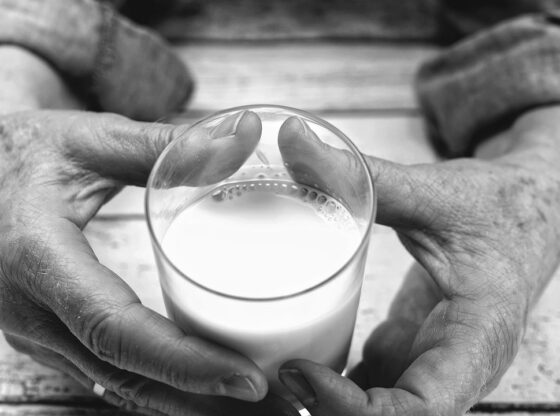

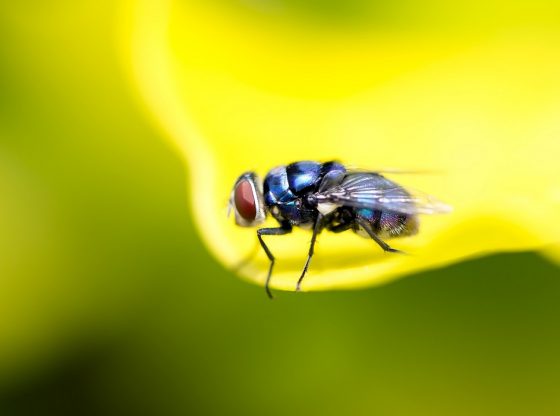

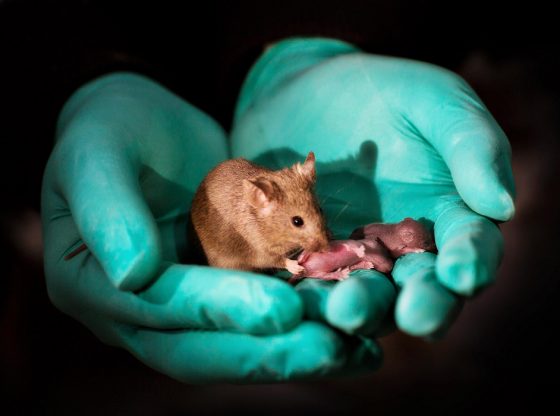
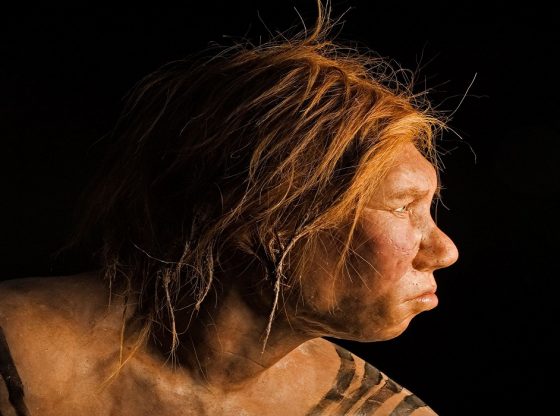
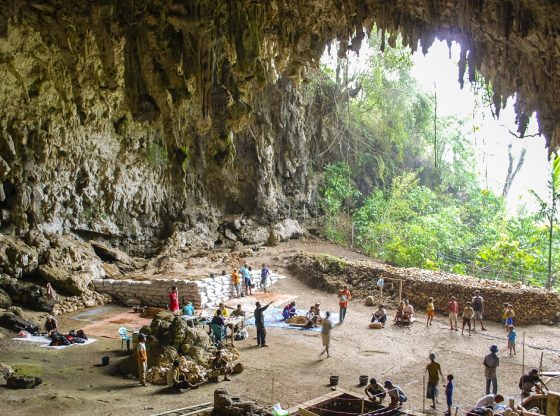
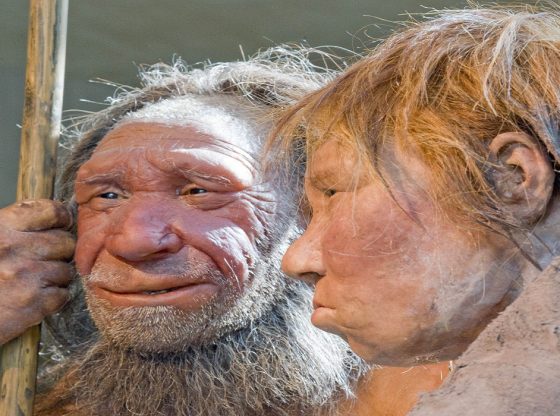

![OpenAI. (2025). ChatGPT [Large language model]. https://chatgpt.com](https://www.illustratedcuriosity.com/files/media/55136/b1b0b614-5b72-486c-901d-ff244549d67a-350x260.webp)
![OpenAI. (2025). ChatGPT [Large language model]. https://chatgpt.com](https://www.illustratedcuriosity.com/files/media/55124/79bc18fa-f616-4951-856f-cc724ad5d497-350x260.webp)
![OpenAI. (2025). ChatGPT [Large language model]. https://chatgpt.com](https://www.illustratedcuriosity.com/files/media/55099/2638a982-b4de-4913-8a1c-1479df352bf3-350x260.webp)








